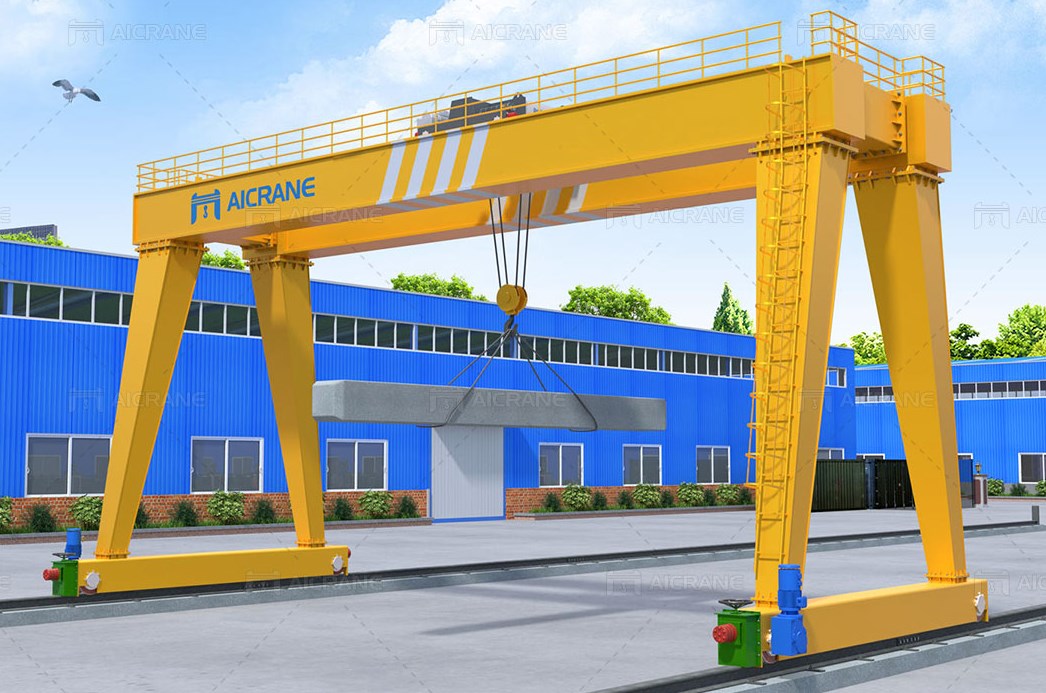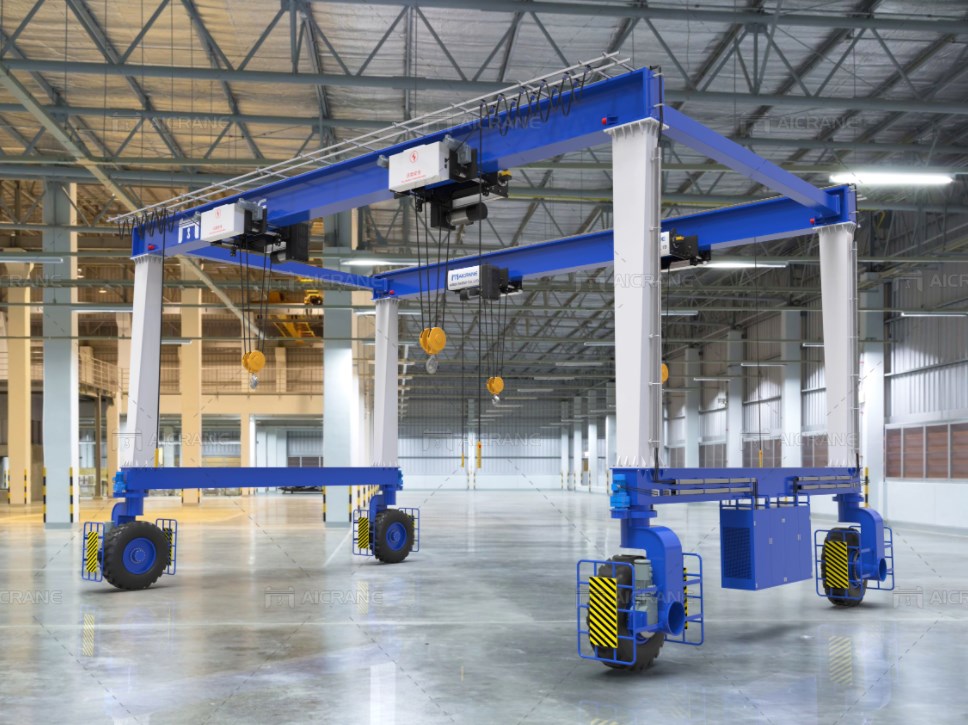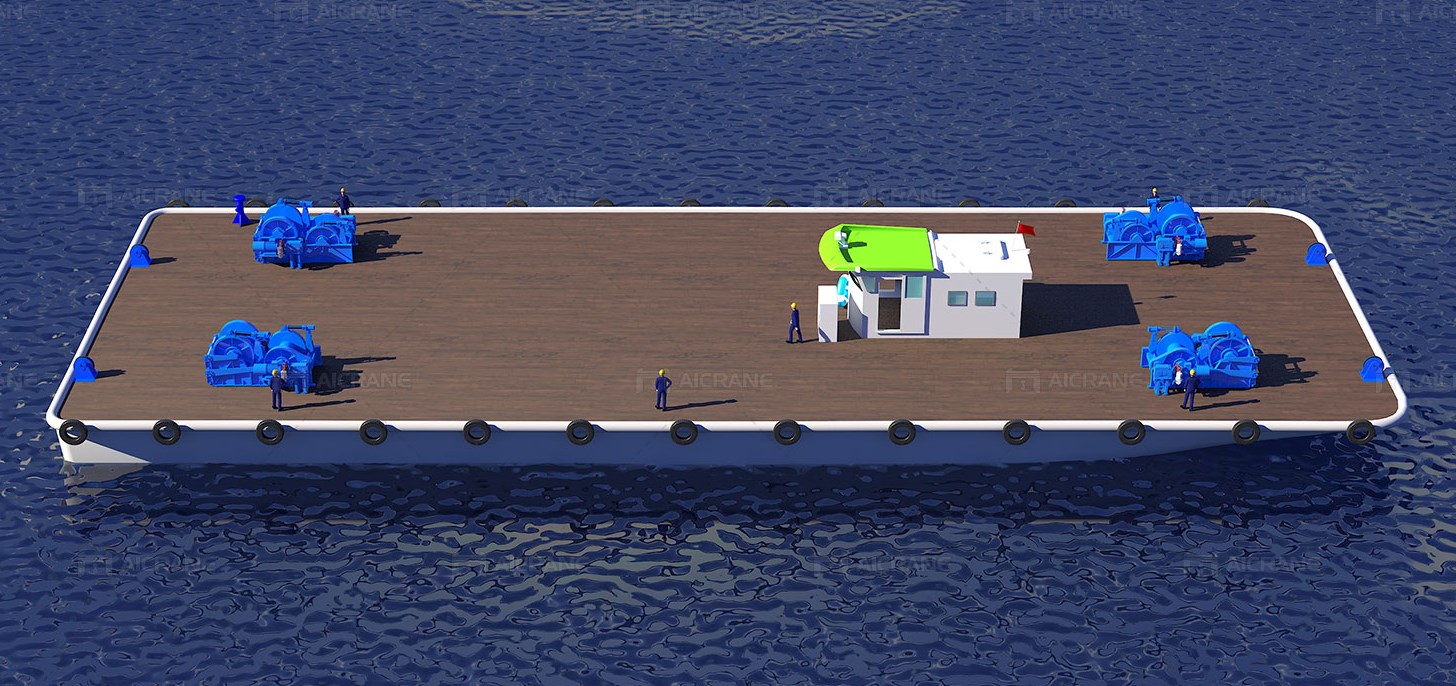A Comprehensive Guide on Installing a Double Girder Gantry Crane

Gantry cranes play a pivotal role in various industries, providing efficient lifting solutions for heavy loads. Among the different types of gantry cranes, the double girder gantry crane stands out for its robustness and versatility. Installing a double girder gantry crane requires careful planning, adherence to safety regulations, and precise execution. In this comprehensive guide, we will walk you through the step-by-step process of installing a double girder gantry crane. Planning and Site Preparation: Before initiating the installation process, thorough planning is essential. Begin by assessing the site where the gantry crane will be installed. Ensure that the site is level, free from obstacles, and has sufficient space for the crane's movement and operation. Take into account factors such as load capacity, span, and height clearance, as these will influence the crane's design and configuration. Foundation Construction: The foundation is a critical element in supporting the


